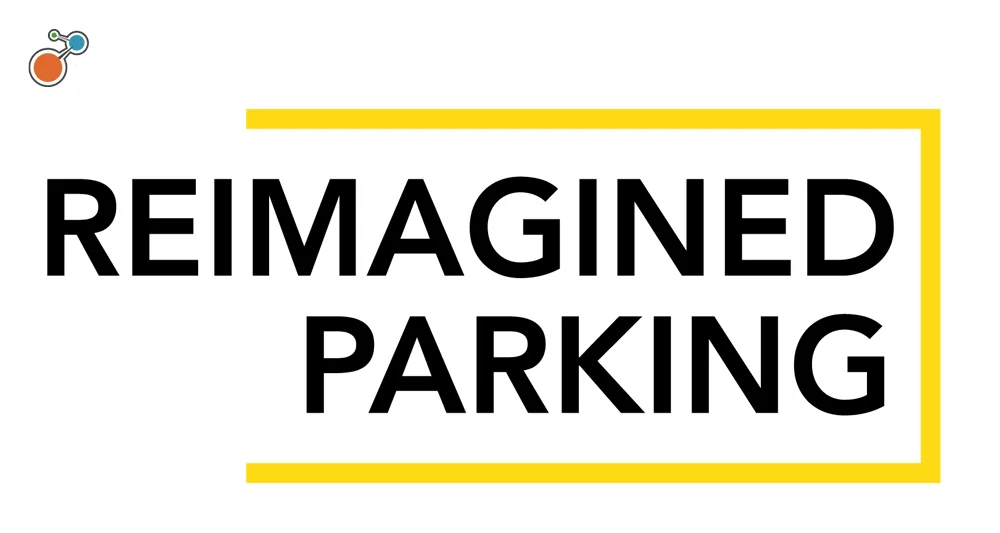The longer a claim stays open, the more expensive it can be to your company. To get claims closed more quickly, insurance claims software can add the efficiencies you need to save both time and money. There are numerous ways to ways to simplify claims handling, add efficiency, and lower expenses. The biggest questions are often what are the best ways – and where do you start?
Simplifying your claims function and saving money could be easier than you think. Start by looking at your insurance claims software. How you handle claims can bottlenecks and roadblocks that slow down the process and add significant costs to your bottom line. And a settlement process that drags on can influence how claimants view your company – and even if they want to continue to do business with you.
With that in mind, here are three ways that insurance claims software can help you simplify and save:
 Automate routine processes.
Automate routine processes.
The insurance business is rife with routine – and the associated processes are well-suited for automation. Consider the processes for:
- Loss reporting
- Claim filing
- Data management
- Claims case management
- Document management
- Reserve setting and administration
- Payment processing
Insurance claims software can help you streamline and standardise these processes, while simplifying your reporting and regulatory requirements. With intuitive mobile forms, automatic alerts, and real-time access to data, you can reduce claims processing time, cut your costs, and improve customer satisfaction. Next-generation software also can seamlessly integrate with third-party providers and even satisfy your reinsurance reporting needs.
As digital transformation comes to claims handling, companies can look to today’s software to go beyond simply automating routine processes and add even more efficiencies with claims auto-adjudication.
By automatically adjudicating low-dollar, highly routine claims—windshield replacements, for instance—you can speed the customer indemnification process and cut handling fees by eliminating the need for a human adjuster. Establishing controls for things like cost limits and documentation requirements can ensure that the right claims are being auto adjudicated and that all parties are protected.
While auto-adjudication software can accelerate the process for certain straightforward claims, it is not appropriate for complex claims, like worker’s comp or bodily injury that require the skills of an experienced adjuster.
 Integrate to reduce expenses.
Integrate to reduce expenses.
Most insurance claims software can automate workflows, add consistency, and improve data quality. The best insurance claims software, however, adds even more value by integrating data and information with other areas of risk management.
For example, linking incidents to claims gives you a complete view of the claim lifecycle. Connecting claims to Third-Party Risk Management can help you identify and address issues with vendors and suppliers. Potential fraud can be another red flag uncovered by software analytics. Technology can analyse vast streams of data much faster than humans could possibly accomplish. This gives you have the opportunity to intervene in time to prevent costs from escalating.
In short, an integrated solution gives you a 360-degree view into your claims that will help you spot early-warning signs before they develop into full-blown problems.
 Improve the customer experience by cutting red tape.
Improve the customer experience by cutting red tape.
Cutting red tape and closing claims more quickly is repeatedly shown to be a top factor in a customer’s satisfaction.
Insurance claims software helps close claims faster by housing all correspondence, documents, photos, etc. associated with each claim in one place. Any authorised person can see everything related to the claim with the click of a mouse. This eliminates time wasted searching through paper files or having multiple people chase down the same information. At the same time, consolidating people, systems, and claims data into one place makes it simpler and more cost-effective to uncover trends and relationships in the data.
The digital transformation is upon us and insurance claims software is no exception. Customers have increasingly high expectations that their claims will be handled quickly and efficiently. Insurance claims software can help you deliver on those expectations.
With so much at stake, isn’t it time to modernise the way you administer claims?
For more on taking your claims administration process to the next level, download our e-book, Claim Success: How to Achieve Excellence in Claims Management, or learn more about Riskonnect’s claims administration solution.




